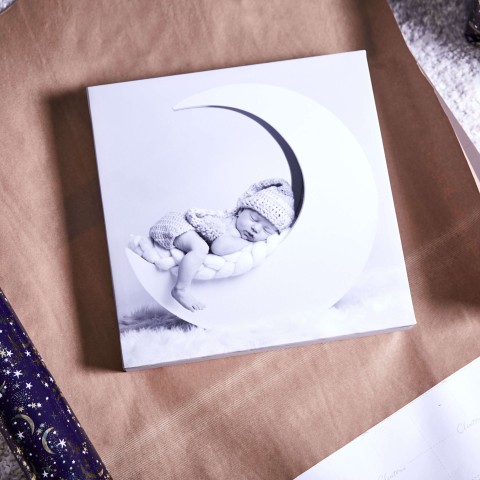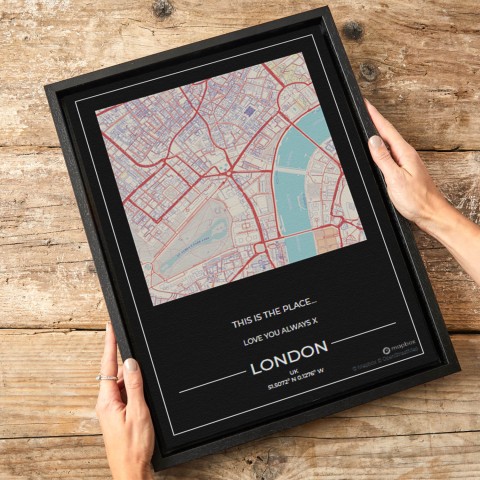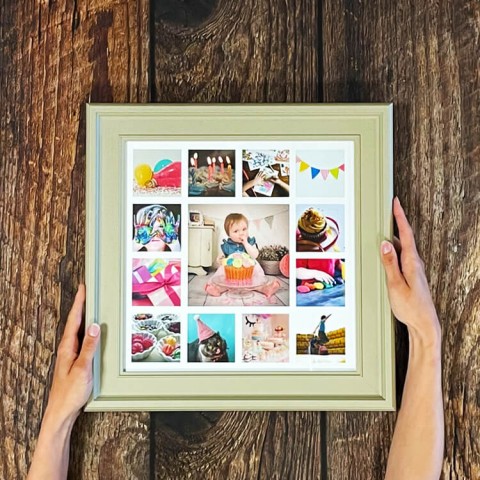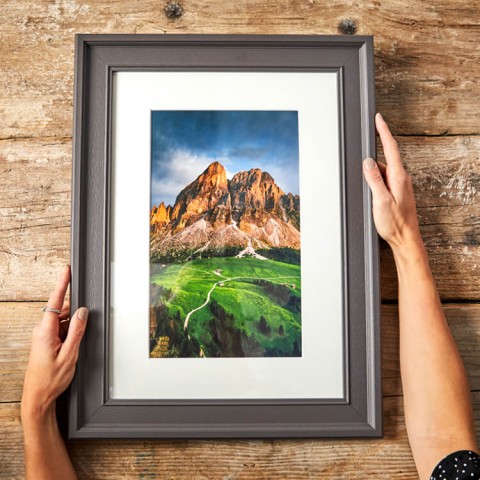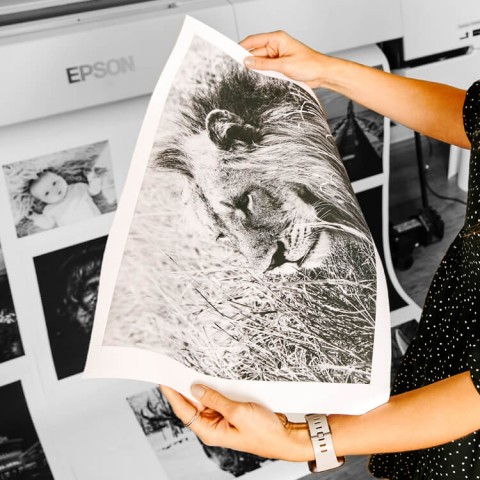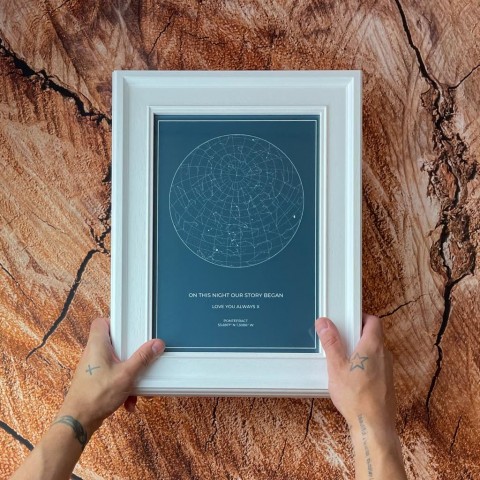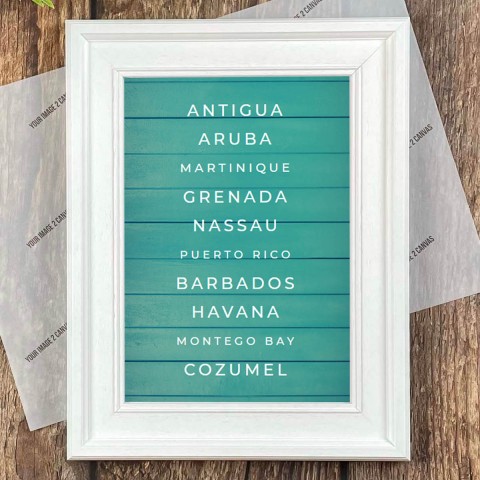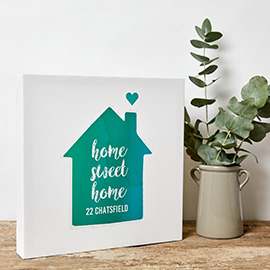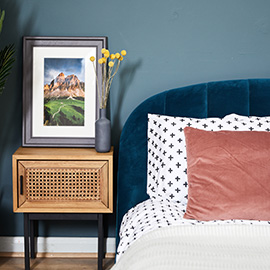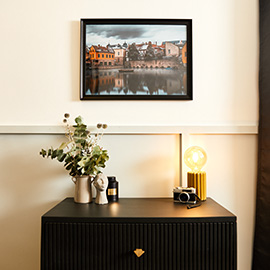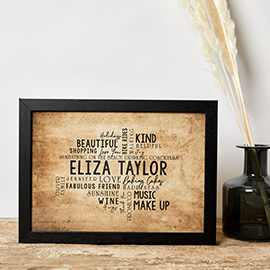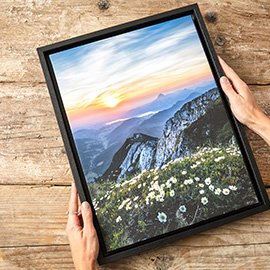Headshots at Home - Part 6
Our continuing series on shooting professional-looking headshots at home is a great place to begin with a home studio set-up. We've covered many of the technical aspects of this method so far and, if you've been following along week-by-week, you should be starting to feel more confident that you'll soon be ready to produce something worth printing on to a nice big canvas. The next step of the process is to understand how to position your light and subject.
Broad and short lighting
We began with our umbrella at a 45° angle to our subject. This is a great place to start because it creates a bit of drama, sculpting and interesting shadows. It's also very flattering for the majority of people because the light source is so close that it appears very large and soft. But where do we position our subject? We're not taking a passport photo with direct light here, so we don't want the subject sitting dead square facing the camera. For a nice portrait we'll be looking for a relaxed but alert posture, with the subject either angling their body towards the light or away from it.
What's the difference? Well, it depends very much on your subject. If your subject has a very long, thin face you do not want to accentuate that feature. In this instance, broad lighting would be most appropriate. As you can see in the image of Riaa, that means that the camera side of her face is closest to the light source.
If, however, your model or subject has a rounder face or is of a heavier build, you'll be looking to lengthen and narrow the face. This is achieved with short lighting, which, as you can see below in the image of Mark, means that the side of the face closest to the camera is in shadow. The shadow side makes Mark's face look slimmer than Riaa's above.

Basics of posing
As well as choosing which side of the face to have closest to the camera, it's also vitally important to pose your subjects well. Neither of the shots we've used to illustrate our lighting would look anywhere near as dynamic if the subject was staring straight at the camera with square shoulders.
By simply asking them to sit or stand with one shoulder closer to the camera than the other, you create a more pleasing shot because they have to turn their head towards you which looks more engaging and relaxed. More on posing later in the series...
But next week we'll look at some more tips to get the most out of your single key light.


